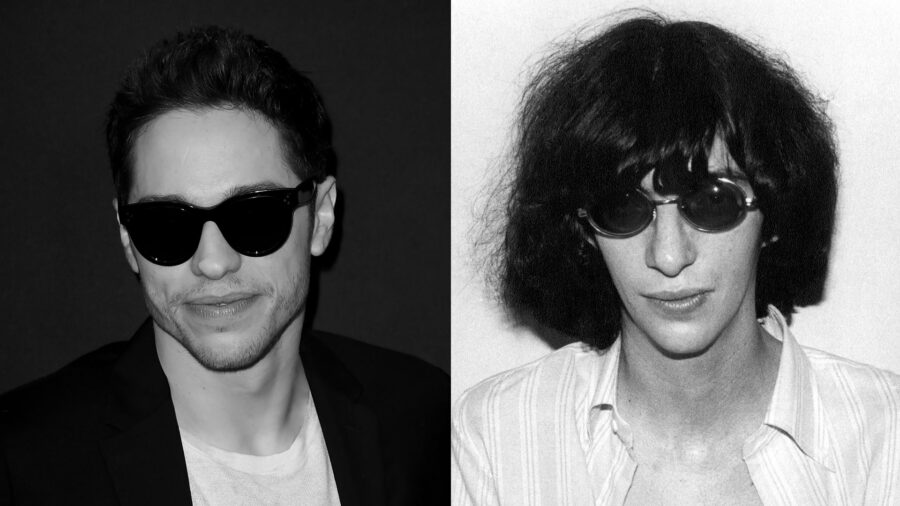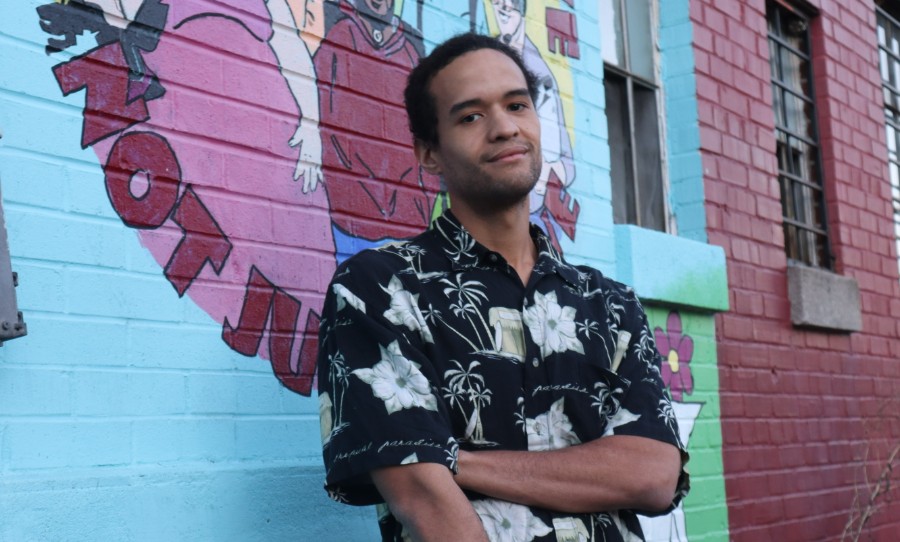Netflix and Japanese anime studio Wit Studio “are training the next generation of anime artists” at a new academy for aspiring creatives.
Over the past few years, anime has seen a boom in pop culture, from smashing the global box office with 2020’s Demon Slayer: Mugen Train, to flooding streaming platforms with hits including Castlevania and Disney’s Star Wars: Visions.
However, the art once considered a niche interest has been experiencing a setback. According to an article by The Star, Japan will soon experience “a shortage of skilled animators” as a result of the animation industry’s penchant for low pay, high work volumes and a revolving door of animators.

Thankfully US streaming giant Netflix and Wit Studio (Attack on Titan, Pokémon the Movie: The Power of Us) are working to solve this problem. Together, both corporations launched WIT Animator Academy – a school “which offers a group of junior artists free training and a stipend for living expenses as they learn”. The school is currently accepting its second round of students.
The studio’s president, George Wada, likened the school to a fast-track program.
“If you become an apprentice with a top sushi chef, it may take years before you master all the recipes, but you can go to a sushi academy and finish the whole curriculum in one year,” Wada said when speaking to The Star.
that does sound cool but I sure hope the wages situation at netflix’s studios isn’t as bleak for animators as it is at other companies 🥴🥴🥴
— Bzeep (@beepzeep) February 15, 2021
The course lasts six months, with students focusing on “in-between” art. In other words, artists are learning how to draw the frames that “create the illusion of movement” we see on screen.
Graduates of the program will also be offered positions at Wit Studio or another affiliated companies to work on shows for Netflix.
Animator Hitomi Tateno (Princess Mononoke, Akira, Kiki’s Delivery Service) is one of the teachers in the program. According to Tateno, animation jobs are more than just sketching some characters onto paper.
VIDEO: 🇯🇵 A Netflix-funded #anime academy in Tokyo is training the next generation of cartoon artists as global demand for the genre soars #WITstudio #animation pic.twitter.com/KIEAOgpwMk
— AFP News Agency (@AFP) October 24, 2021
“This job is like weaving a rug. It’s very delicate and requires patience … Many aspiring animators want to quickly step up to a key animator position, and even is some want to specialise in in-betweening, not many can survive,” Tateno said.
If WIT Academy proves to be a success, there are plans “to expand and offer tracks into other animation specialities”.

Taiki Sakurai, the chief producer for anime at Netflix, had this to say:
“We will continue our efforts to support and strengthen the talent that supports the animation industry.”
According to the Japan Animation Creators Association (JAniCA), animators who work as in-between artists are generally employed freelance or part-time – only 18 percent work full-time. If that wasn’t stressful enough for those looking to enter the industry, 80 percent of the work is outsourced to studios in South Korea or China. In this way, WIT Academy offers a “safety net” for burgeoning talent. Maki Ueno, a student of the program, explained that the lessons gave her a sense of security.
“I have a friend working for another studio, who tells me the training programme is a lot shorter and there’s no payment during the training,” she said as quoted by the International Business Times.
Lawyer and secretary Daisuke Okeda of JAniCA expressed his hope that the school will launch a cultural shift in the industry:
“It’s a common understanding that the animation quality goes up when a studio keeps skilled in-betweeners in the team … Top studios have started investing in the area as well. The industry is already turning around.”
As of 2020, the global anime industry was valued at 23.56 billion USD (31.51 billion AUD), according to an analysis of the industry in a 2021 article published by Grand View Research, and it’s expected to grow because of streaming services.
The pandemic saw an increase in its popularity too, with Netflix gaining an additional two million subscribers in Japan. According to Netflix, “more than 100 million households worldwide watched at least one anime on Netflix in the past twelve months”.



